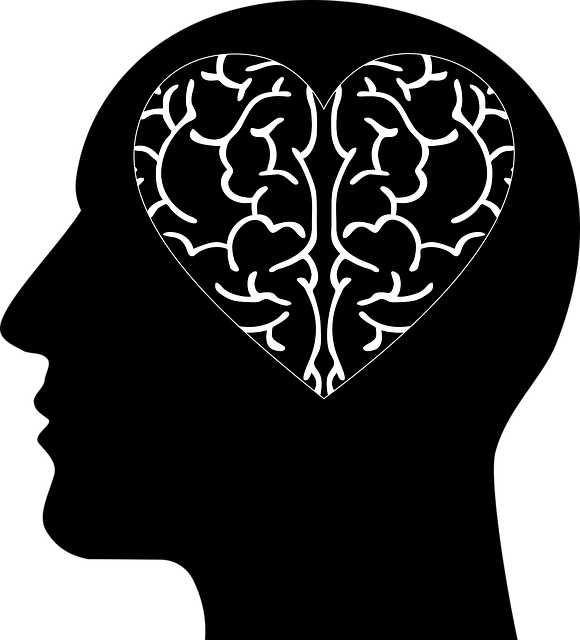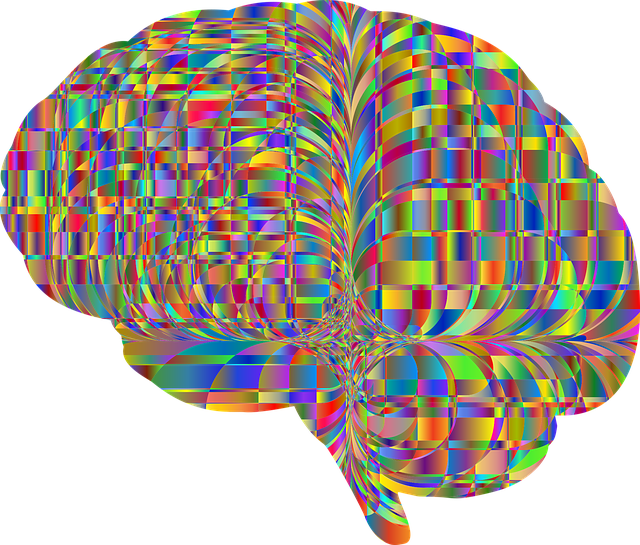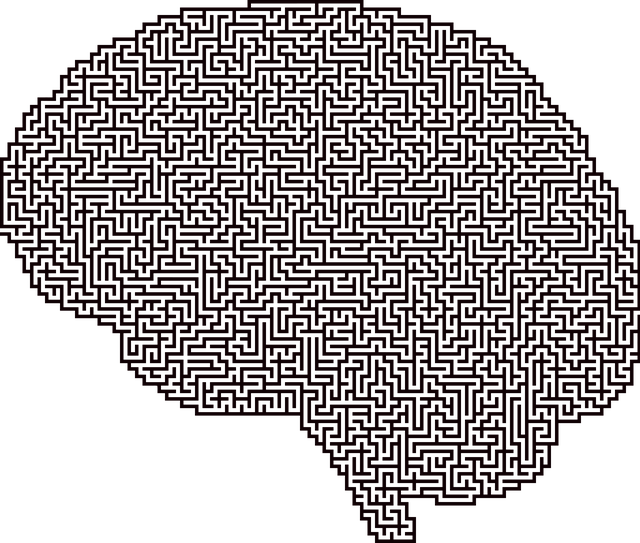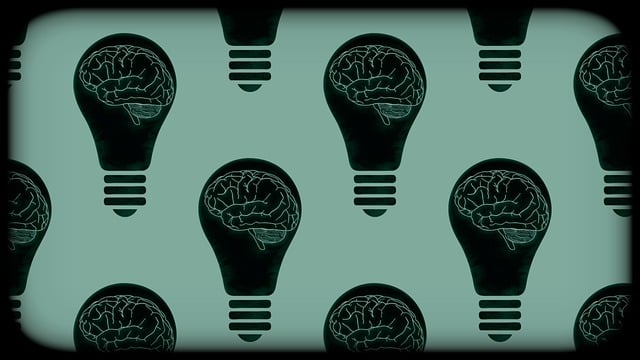Mental wellness programs for adolescent teens must address both immediate emotional support and long-term coping strategies, focusing on peer pressure, academic demands, and identity formation. These programs should incorporate family-oriented approaches and evidence-based communication techniques to enhance couples' communication and treat mental health issues. Evaluating these programs using standardized questionnaires and clinical interviews is crucial for understanding their impact on symptoms and behaviors. Customized strategies tailored to teen therapy and couple therapy, including compassion cultivation and emotional regulation techniques, improve program effectiveness. Continuous improvement through feedback loops, mindfulness meditation, and progress reviews prevent or mitigate depression, leading to better mental wellness outcomes.
Mental wellness programs play a pivotal role in fostering resilience among adolescent teens and couples facing communication issues. Effective evaluation methods are crucial for understanding program effectiveness, identifying successful strategies, and continuous improvement. This article delves into key aspects, from appreciating the unique needs of teen and couple dynamics to implementing tailored therapy approaches. We explore robust evaluation techniques that measure program impact, emphasizing the importance of feedback loops for optimal results in addressing communication challenges within these contexts.
- Understanding Mental Wellness Programs for Adolescent Teens
- Identifying Therapy Approaches for Communication Issues in Couples
- Evaluation Methods: Measuring Program Effectiveness
- Integrating Teen and Couple-Specific Strategies
- Continuous Improvement: Feedback Loops for Optimal Results
Understanding Mental Wellness Programs for Adolescent Teens

Mental wellness programs designed for adolescent teens face a unique challenge: catering to a population that’s still developing emotional and cognitive abilities. This age group often struggles with navigating complex emotions, peer pressure, academic demands, and emerging identity formation—all while learning effective communication strategies, both with themselves and their families. Therapy for adolescent teens isn’t merely about addressing immediate concerns; it’s about fostering long-term emotional healing processes and teaching them tools to manage stress effectively as they transition into adulthood.
Couples communication issues frequently surface in this age range, given the evolving dynamics between teens and their parents or guardians. Mental wellness programs should thus incorporate strategies that enhance family connections, improve communication skills, and promote healthy conflict resolution. By integrating these aspects, such programs not only address immediate emotional challenges but also contribute to the development of robust emotional regulation skills, empowering young individuals to lead fulfilling lives.
Identifying Therapy Approaches for Communication Issues in Couples

Effective communication is a cornerstone of healthy relationships, especially within couples. When navigating mental wellness programs for adolescents and teens in couples therapy, identifying specific approaches to address communication issues is paramount. One evidence-based strategy involves teaching active listening skills, ensuring each partner feels heard and understood. This technique fosters an environment where emotions can be expressed openly, promoting positive thinking and stronger connections.
Additionally, incorporating structured communication exercises, such as those found in mental health education programs designed for adolescents, can help couples develop healthier interaction patterns. These exercises often include role-playing scenarios that encourage partners to practice assertive communication, a key component in resolving conflicts constructively. By integrating these approaches, therapy sessions can significantly enhance the couple’s ability to communicate effectively, ultimately contributing to improved mental wellness.
Evaluation Methods: Measuring Program Effectiveness

Evaluating the effectiveness of mental wellness programs is paramount to understanding their impact on participants’ lives. One key aspect is measuring changes in symptoms and behaviors, often using standardized questionnaires or clinical interviews. These tools can assess improvements in areas such as anxiety, depression, stress management, and communication skills, particularly within at-risk groups like adolescent teens and couples facing communication issues.
For instance, Stress Management Workshops Organization might employ pre-post surveys to track participants’ perceived stress levels before and after the program. Similarly, Healthcare Provider Cultural Competency Training programs can utilize participant feedback to gauge improvements in cultural sensitivity and understanding of diverse patient needs. Such evaluations provide valuable insights into the program’s success, guiding future enhancements and ensuring that therapy effectively addresses specific issues like adolescent teen communication problems.
Integrating Teen and Couple-Specific Strategies

Evaluating mental wellness programs requires a nuanced approach that considers the unique needs of different demographics. When it comes to teen and couple therapy, specific strategies are essential for addressing their distinct challenges. Adolescent teens often struggle with self-expression, identity formation, and managing emotional intensity, while couples may face communication issues, conflict resolution problems, or difficulties in fostering empathy and understanding within their relationships.
Integrating evidence-based practices like compassion cultivation and emotional regulation techniques can significantly enhance the effectiveness of these programs. By incorporating self-care practices tailored to teens and couples, therapists can empower individuals to develop healthy coping mechanisms, improve communication, and strengthen their emotional resilience. This personalized approach not only facilitates individual growth but also fosters positive dynamics within relationships, ultimately contributing to improved mental wellness outcomes.
Continuous Improvement: Feedback Loops for Optimal Results

Mental wellness programs aim for continuous improvement through effective feedback loops. This dynamic process involves regularly assessing program outcomes and participant satisfaction to identify areas needing enhancement. By fostering open communication channels, therapists can gather valuable insights from adolescents, teens, and their couples about the therapeutic journey. Active listening to their experiences, challenges, and suggestions creates a collaborative environment that optimizes treatment effectiveness.
Integrating feedback mechanisms enhances the overall success of mental wellness initiatives. For instance, incorporating mindfulness meditation practices as part of the program can boost confidence in young individuals struggling with communication issues. By regularly reviewing progress and adjusting strategies accordingly, therapists can better prevent or mitigate depression among their clients. This iterative approach ensures that therapy remains relevant, engaging, and tailored to each individual’s unique needs, ultimately leading to improved mental wellness outcomes.
Mental wellness programs, encompassing therapy for adolescent teens and couples communication issues, can significantly enhance overall well-being. By employing robust evaluation methods that measure program effectiveness, professionals can tailor strategies to meet the unique needs of teen and couple participants. Integrating specific approaches and fostering continuous improvement through feedback loops ensures optimal results, enabling individuals to navigate life’s challenges with resilience and enhanced communication. These comprehensive techniques not only address immediate concerns but also lay the foundation for long-term mental wellness.














